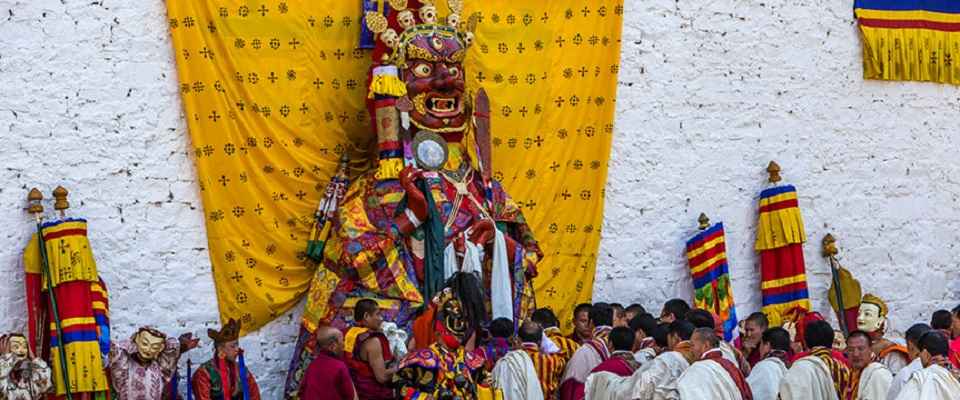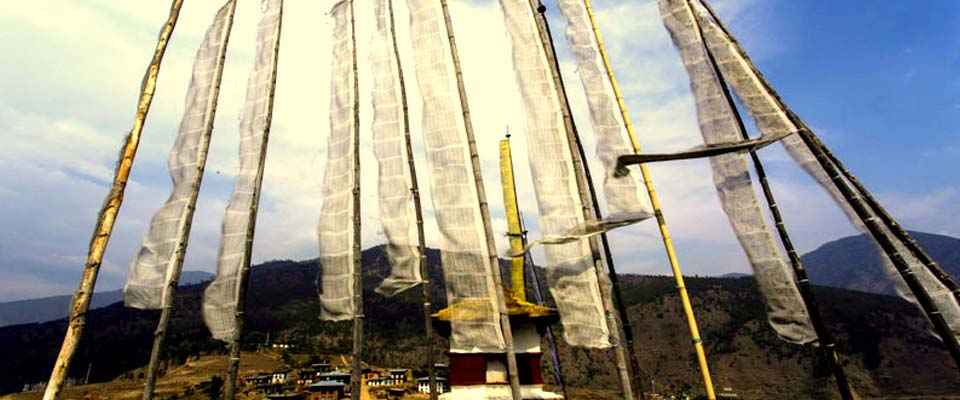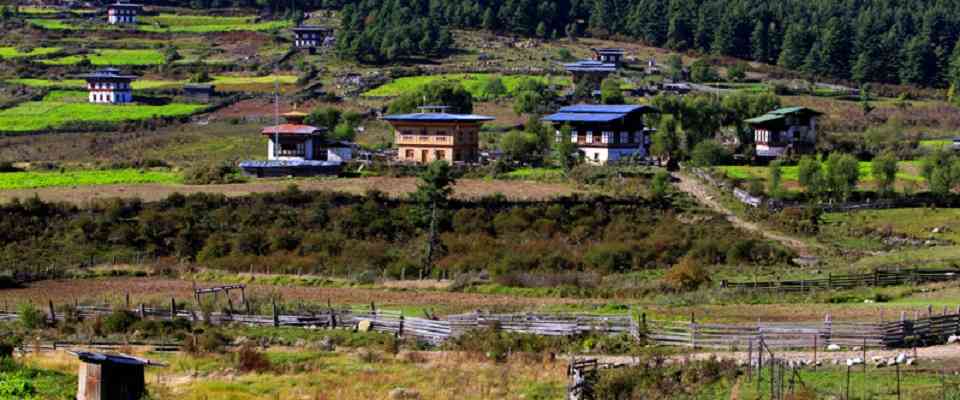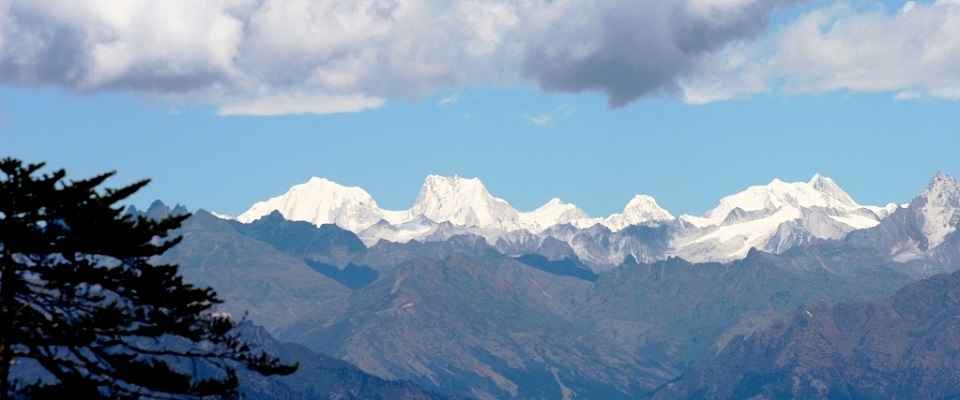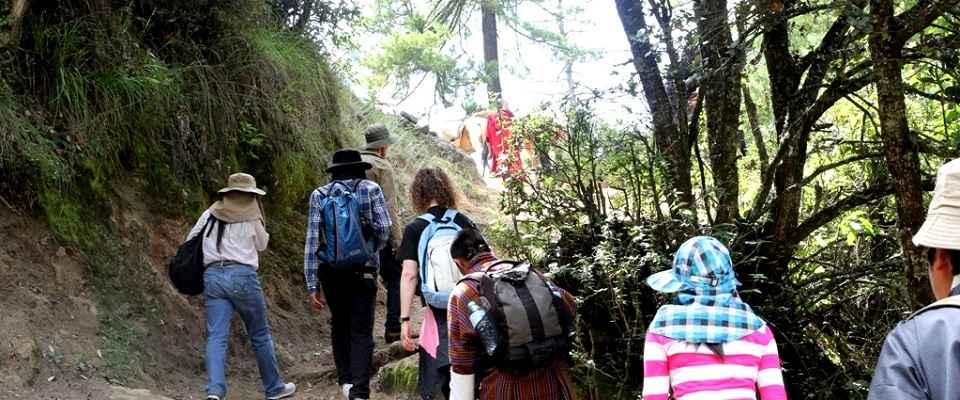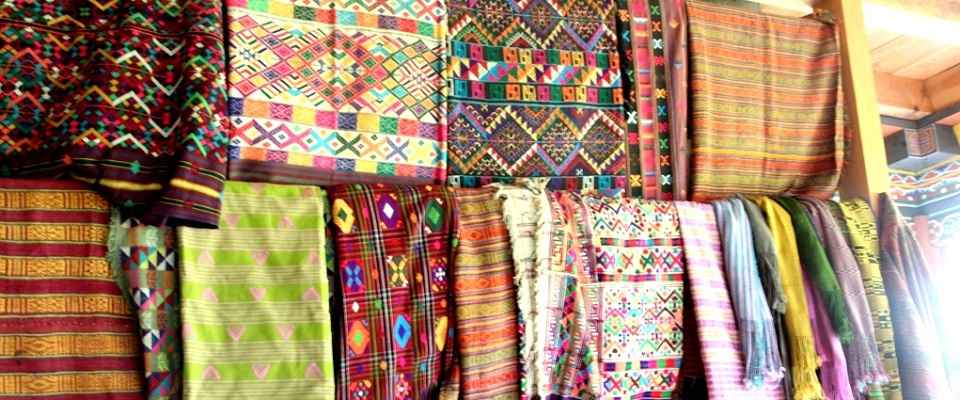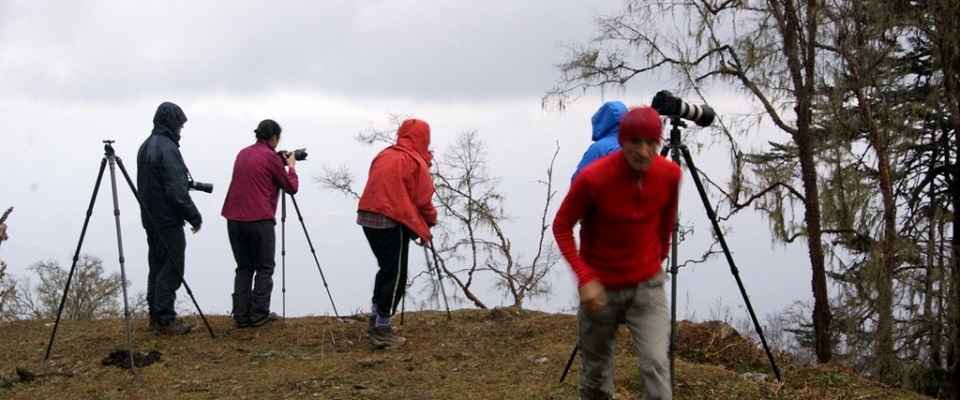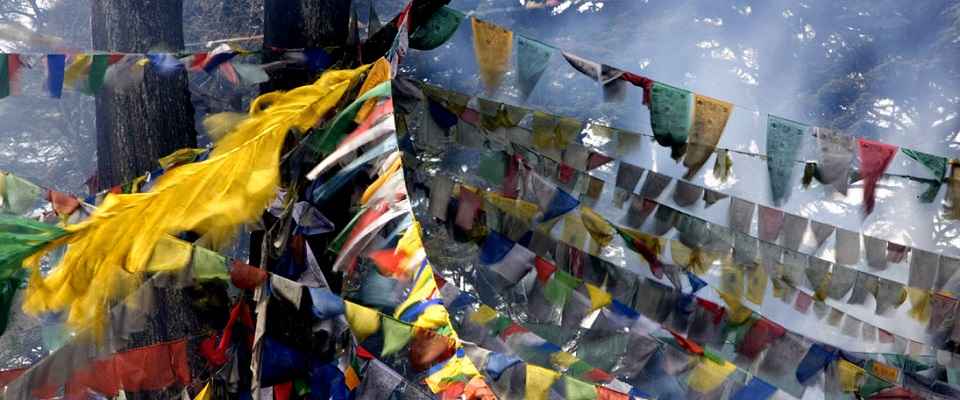2 January, 2011 – -Drapham dzong in the Chokor-toe valley in Bumthang could belong to the second half of the 16th century with its upper castle built between 1550-1700, according to radiocarbon data of the country’s first archaeology excavations on the ruins of the dzong.
The dzong was built by the then ruler Chokhor-Deb, a contemporary of Pema Lingpa. The ruins sit at a strategic location in the centre of the Chokor-toe valley and has monitored the trade routes between Bhutan and Tibet, according to the report of the three-year excavation that ended last month.
The excavated dzong site has an approximate area coverage of about 200m by 60m in width, making it as large as the Wangdue or Trongsa dzong structures. The defense functions of the dzong are comprehensible, which is indicated by the use of bows and arrows and light-calibre firearms, according to the findings. The two baileys and the fortified valley settlement indicate the dzong to be a vast and impressive fortress, which might have needed a garrison of 2,000 men, in case of a war.
The team also unearthed skeleton parts like skull and jaw fragments of sheep, pigs and cattle. “The animal bones certify that domestic animals were slaughtered within,” states the report.
Samples of iron arrowheads and non-ferrous metal bangle were also dug out by the excavators. Considerable ceramic fragments were also found, indicating trade relations with China. However, since they were in small number, ceramics could have been a luxury, confined to the wealthy, said Nagtsho Dorji, head of division of conservation of heritage sites (DCHS) of the department of culture.
Wood remains, rocks, sediments and wall materials were also collected as samples for analyses. The excavation site near Nag Lhakhgang, approximately 400m north-east of the dzong show clear traces of past iron mining.
“An iron slag, which was discovered in 2009, proves that the ruins could have been the organisational and stately centre of a mining establishment that might have provided the economic foundation for the fortress in the barren high valley,” states the report.
The base of the fort has a cellar, which resembles a horse shed indicatng that sheds must have been used by the traders, as a halting ground to feed their horses and pay taxes, said Nagtsho Dorji. “It is clear that the collapse of the upper fort is due to fire, but we must determine what caused the fire,” said Nagtsho Dorji. The collapse of the entire dzong is yet to be determined and is being annalysed.
The three-year project, which began in 2008, was supported by Helvetas, the Zurich-based Swiss-Liechtenstien foundation for archaeological research abroad (SLSA) and the royal government of Bhutan.
Source : www.kuenselonline.com
Dr Werner Meyer, a fort archaeologist from the university of Basel, led the excavation, which was carried out together with the department of culture. Local villagers were also recruited to work at the project.
The project received an annual budget of 60,000 Swiss francs from two international donors and another one million from the government.
“Bhutan has very little recorded history and this research resource help us revalidate and provide historic evidences for the oral traditions,” said Nagtsho Dorji, adding that since it was a huge site, only the top part was excavated. All the collections and findings were sent to Switzerland for further analyses.
The scientific analyses on the ruins of the Darpham dzong will be published at the end of 2013. “In-depth analyses are being done in Switzerland, such as scraping the ceramics to determine the basic food crops back then,” she said.
The on-site excavations, which began in 2008, was done only during the dry months of October and December every year. The ruin was chosen because of its unique features and it was the largest structure that predates Zhabdrung.
Nagtsho Dorji said the end of the three year project does not mean it is the end of the excavations. “It’s just the end of a certain phase of the excavations.”

